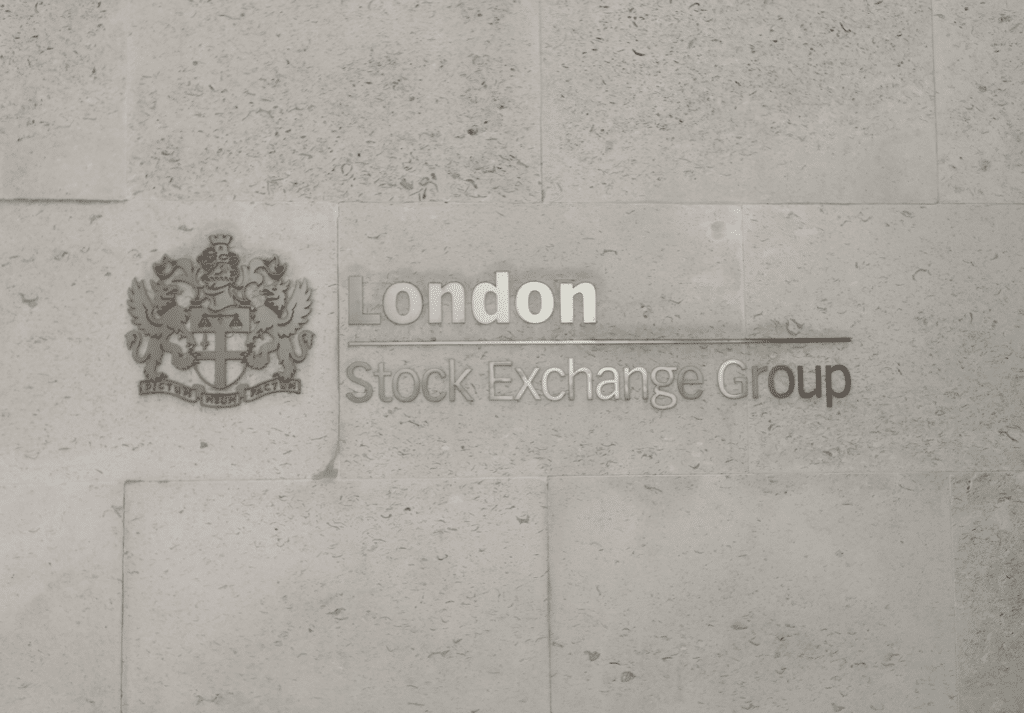Public companies are assessing whether their disclosure control and procedures should be modified to address environmental, social and governance (“ESG”) disclosures in light of the increasing level of focus by investors and the Securities and Exchange Commission (“SEC”) on ESG disclosure matters and the associated increase in the scope of ESG disclosures included by public companies both within – and outside of – SEC filings.
Background on ESG Disclosures
The SEC rules that implemented the Sarbanes-Oxley Act of 2002 require public companies to have disclosure controls and procedures, which are designed to ensure that the information required to be disclosed by a public company in its Exchange Act filings is recorded, processed, summarized, and reported in accordance with SEC rules. Additionally, the SEC recommended that public companies establish disclosure committees as a component of their disclosure controls and procedures, and a significant majority of public companies have disclosure committees consistent with the SEC’s recommendation.
Disclosure committees may also be helpful to public companies as a means to support the Section 302 and 906 certifications required to be provided by the CEO and CFO on a quarterly basis under the Sarbanes-Oxley Act in connection with disclosures provided in periodic reports.
The amount of ESG disclosures included in SEC filings has significantly increased in recent years. This trend will no doubt continue once the SEC’s climate change rules expected to be proposed this year become effective. Additionally, there has been a significant expansion in the scope of ESG disclosures being provided by many public companies (particularly large-cap companies) outside of SEC filings, including via corporate social responsibility or similar reports, and company website disclosures.
Given these developments, many public companies are assessing whether they have appropriate disclosure procedures in place to keep up with the expanding universe of ESG disclosures. In this regard, while disclosure controls and procedures (as currently defined under the Exchange Act) technically do not apply to disclosures outside of Exchange Act filings, there may be benefits to subjecting significant ESG disclosures outside of SEC filings to a similar level of procedural rigor given the litigation and reputational risks that may arise from materially inaccurate ESG disclosures.
The Scope of Disclosures
In terms of assessing whether it is advisable to establish a new management-level committee (or sub-committee) to oversee ESG disclosures, public companies should evaluate the scope of their existing and anticipated ESG disclosures, particularly those outside of SEC filings. Relevant considerations in this regard include the following:
(1) Whether the disclosure committee of a company is currently tasked with reviewing any ESG information outside of the scope of SEC filings (for example, it has become more common for disclosure committees to review corporate social responsibility reports); and
(2) If the disclosure committee is tasked with reviewing certain ESG disclosures outside of SEC filings, are there appropriate subject matter experts well-versed in ESG matters who currently serve on the disclosure committee.
Key Considerations
Taking into account the points noted above, it is likely that many public companies will conclude that it would be beneficial to strengthen their procedures regarding ESG disclosures, and the formation of an ESG disclosure committee (potentially, as a subcommittee of the existing disclosure committee) may be advisable as part of this process. Key considerations in this regard include the following …
– In terms of current market practice with respect to public companies having a management-level committee specifically tasked with reviewing ESG disclosures, practice is still evolving and not settled. Among those companies that have taken this step, some public companies have a management-level ESG committee responsible for an array of ESG-related responsibilities, which include but are not limited to ESG disclosure responsibilities. Another approach some public companies follow is to have an ESG disclosure committee (focused only on disclosure matters) that is separate from their disclosure committee structure.
Finally, some public companies provide for a review of certain types of ESG disclosures under their existing disclosure committee structure, which may be through the disclosure committee itself (e.g., if the disclosure committee reviews corporate social responsibility reports) or through an ESG subcommittee.
– Although the optimal approach for any public company will depend on its management structure and individualized considerations, there may be merit in implementing a management-level ESG disclosure committee even though this is not yet common practice. There may also be a benefit in having a stand-alone ESG committee (or subcommittee) that focuses only on ESGdisclosure matters (as opposed to having a management-level ESG committee that focuses on a variety of ESG disclosure matters, including but not limited to ESG disclosure matters), given that the skill sets/responsibilities of individuals on a committee focused on ESG disclosure might differ from the skill sets of individuals on a committee with broader ESG responsibilities.
– Taking into account the fact that it is common for disclosure committees to have subcommittees (e.g., to review Form 8-K filings) and that an increasing amount of ESG disclosure will likely be included in the SEC filings of public companies on a going-forward basis, there may be merit in having an ESG disclosure subcommittee or disclosure function within the scope of a company’s disclosure committee structure. In this regard, a key function of an ESG disclosure committee should be to consider the consistency between ESG disclosures outside of and within SEC filings as referenced above, and including an ESG disclosure function within a company’s disclosure committee framework might facilitate this process.
– A straightforward and potentially effective approach would be to have an ESG disclosure committee be a subcommittee of the disclosure committee. However, if there is a broad array of ESG disclosures that the ESG disclosure committee will be reviewing that go beyond the desired scope of responsibilities of the disclosure committee, a public company may also consider having the ESG disclosure committee report to the disclosure committee with respect to certain types of ESG disclosures (e.g., ESG disclosures in SEC filings, etc.), while also having the ESG disclosure committee report to and assist senior management with respect to ESG disclosures more broadly (i.e., have a dual reporting structure).
– In terms of the composition of an ESG disclosure committee, a company may want an ESG disclosure committee (or subcommittee) to include certain members of the disclosure committee (i.e., such that there would be some overlap between the disclosure committee and the ESG disclosure committee). Depending on who currently serves on a company’s disclosure committee, this might mean that the ESG disclosure committee would include some combination of positions such as the general counsel or other in-house legal counsel, the CAO or controller, the head of investor relations, the head of SEC/financial reporting, and/or the head of internal audit.
However, it may also be helpful for this committee to include ESG subject matter experts who might not traditionally serve on a disclosure committee, such as (depending on how these positions are titled) the chief sustainability/global responsibility officer, the head of HR, and/or the head of diversity/equity/inclusion. A public company will also want to endeavor to structure an ESG disclosure committee (or subcommittee) so that it is large enough to include the necessary subject matter experts but not so large as to hinder the effective functioning of the committee.
– Practice differs as to how frequently ESG disclosure committees meet, and the frequency may be driven in part by the breadth of ESG disclosures to be reviewed, but one potential approach is to have such a committee meet not less than quarterly, which tracks a typical cadence for the frequency of disclosure committee meetings.
Ultimately, the determination of whether and how a public company should form an ESG disclosure committee (or subcommittee) will be driven by company-specific considerations, including the existing internal management structure of the company. Nevertheless, while varying approaches may fit the needs of different public companies, this is a subject that will be an area of focus for many public companies in the current environment.
Kevin H. Douglas is a member at Bass, Berry & Sims in the firm’s Nashville office and currently serves as the chair of the firm’s corporate & securities practice. He has significant experience representing public companies on a wide array of corporate and securities laws related matters. This article was originally published on the Bass, Berry & Sims Securities Law Exchange blog.














